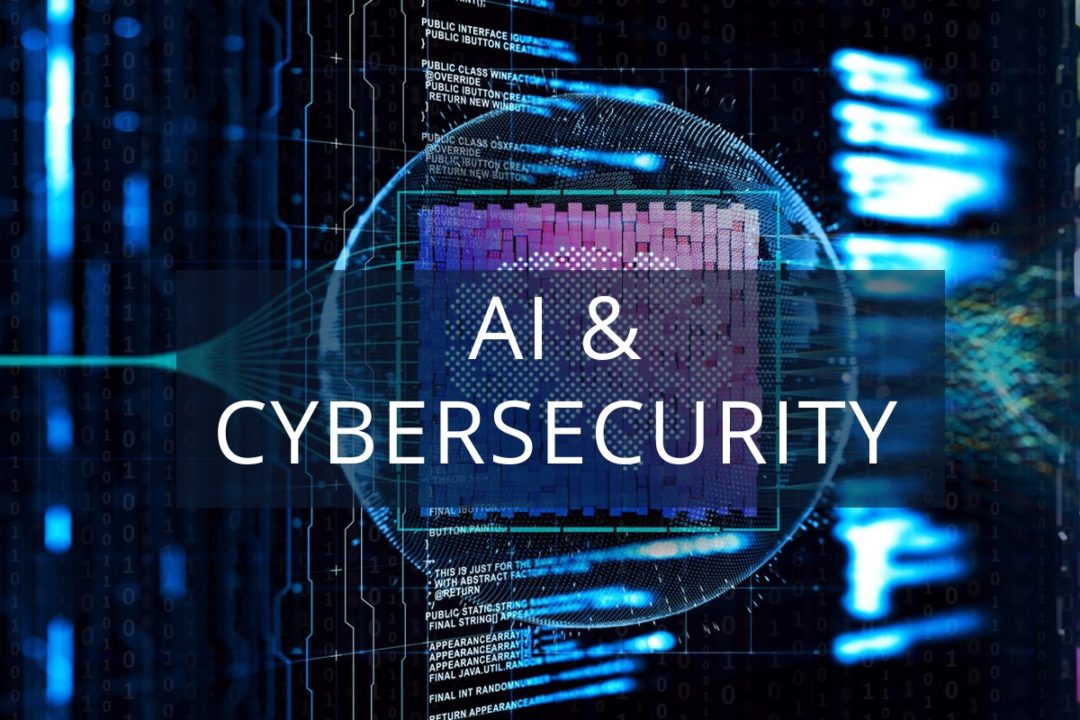
• Introduction
In 2024 alone, financial institutions in the GCC reported a 35% surge in cyberattacks, with Saudi banks being a prime target. As regulatory bodies like the National Cybersecurity Authority (NCA) and Saudi Arabian Monetary Authority (SAMA) continue to strengthen compliance standards, one leading Saudi bank took bold action—by implementing Artificial Intelligence (AI) and GRC (Governance, Risk & Compliance) software to transform their cybersecurity operations.
This blog explores how the bank tackled growing threats, improved compliance, and set a benchmark for the future of financial security in Saudi Arabia.
• Defining the Key Concept
1.What is GRC Software?
GRC software helps businesses manage risk, ensure compliance, and align governance across departments. It enables structured decision-making, monitoring, and real-time reporting.
2.How does AI enhance cybersecurity ?
AI strengthens cybersecurity by automating threat detection, analyzing patterns, and responding to anomalies in real-time—faster than any human can react.
When combined, AI and GRC software offer powerful, data-driven protection that adapts to evolving cyber threats.
• Market Relevance for Saudi Businesses
With Vision 2030 accelerating digital transformation, Saudi banks are expanding digital services—and that increases the attack surface.
Why this matters now:
- NCA requires regular risk assessments and breach reporting.
- SAMA enforces strict cybersecurity frameworks for financial institutions.
- The cost of a data breach in Saudi Arabia averages SAR 21 million.
- Customer trust hinges on secure digital interactions.
A strategic investment in cybersecurity is no longer optional—it’s a market necessity.
• Key Challenges Faced by the Bank
Before adopting AI and GRC software, the bank struggled with:
- Manual compliance processes that were time-consuming and error-prone
- Siloed systems with poor visibility into real-time threats
- Delayed incident responses, risking financial and reputational loss
- Difficulty aligning with NCA and SAMA requirements
- No unified reporting dashboard for executives or compliance officers
These pain points made the organization vulnerable and inefficient in tackling modern cyber threats.
• Solutions & Best Practices
The Bank’s Strategic Response
To address these challenges, the bank adopted a two-pronged solution:
1. AI-Driven Threat Detection System
- Automated anomaly detection
- Predictive analytics to detect potential breaches
- 24/7 monitoring with machine learning insights.
2. CG BOD GRC Software Integration
- Centralized risk management dashboard
- Automated compliance reports for SAMA/NCA audits
- Policy enforcement across departments
- Role-based access control and digital trail documentation.
3.Best Practices for Implementation:
- Conduct a baseline risk assessment
- Train staff on cyber hygiene and system use
- Customize GRC workflows to match Saudi regulatory frameworks
- Schedule regular audits and reviews
- Create real-time reporting systems for executive oversight
• Case Study: Impact of the Transformation
Within just 6 months of implementation, the results were outstanding:
- 45% reduction in response time to security incidents
- Full compliance with NCA and SAMA during audits
- 90% automation of compliance and governance reporting
- Real-time dashboards available to executive and IT teams
- Employee training completion rate increased to 96%
This digital transformation positioned the bank as a leader in secure, compliant financial services in Saudi Arabia.
• Conclusion
Cybersecurity in Saudi Arabia is entering a new era—where speed, automation, and compliance are non-negotiable. By combining AI-driven threat detection with GRC software, forward-thinking banks like this one are not only reducing risks but also gaining a competitive advantage.
